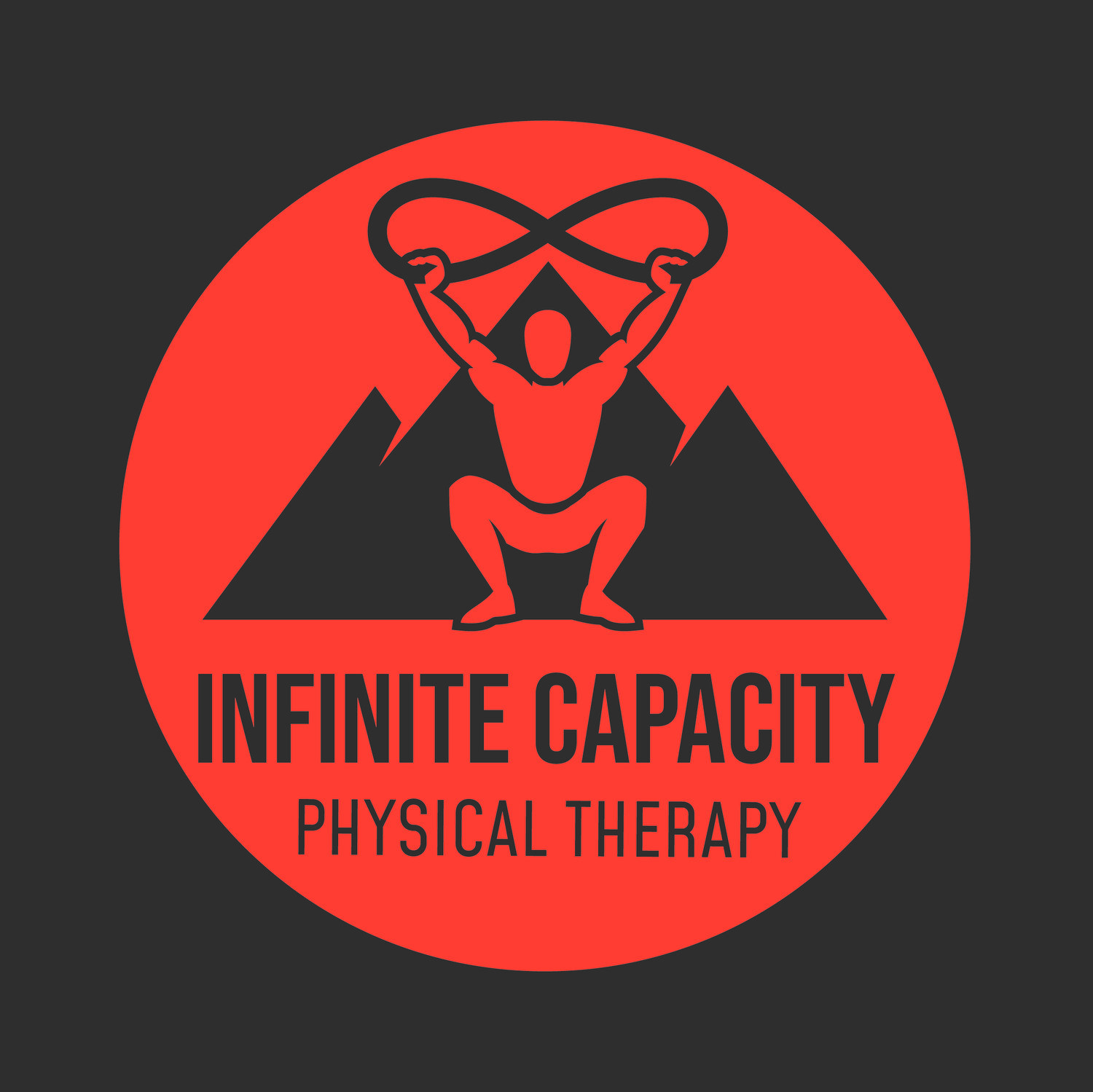Understanding the Root Cause of Youth Throwing Injuries (And Why Rest Isn’t Enough)
By Dr. Nick Whittaker
“He Rested, So Why Does His Elbow Still Hurt?”
If you're a parent of a youth baseball player around Portland, Maine, you’ve probably heard this before from a coach or healthcare professional:
“Just give it a few weeks of rest, and he’ll be fine.”
However, the pain returns a soon as they start throwing with velocity again. Does this sound familiar?
At Infinite Capacity Physical Therapy, we specialize in helping young athletes get to the root of throwing-related injuries, especially persistent elbow and shoulder pain that fails to respond to rest alone. If you’ve tried this course of action and your child is still hurting, it’s time to take an alternate route and look a little deeper.
Why Is Elbow Pain So Common in Youth Baseball?
As a whole, youth baseball players today are playing in more games, pitching more innings, and throwing harder than ever before. Travel teams, year round seasons, early sport specialization, and hyper fixation on throwing velocity are all major contributors to the problem.
The throwing motion places high loads of stress on the elbow joint, which it simply isn’t designed to withhold, especially in the presence of increased throwing volumes with poor mechanics and support from the rest of the body. Stress often shifts to the elbow when key mechanical elements break down.
Common contributing factors include:
Inefficient use of legs/ground reaction forces to generate power
Decreased hip mobility and control
Poor trunk rotation and timing
Weak scapular stabilizers
Excessive shoulder and elbow angles
Poor deceleration/follow through mechanics
This stress adds up over time and gradually breaks down the affected areas. Pain becomes recurring, and if not addressed in a correct and timely manner, it can progress into more serious injuries such as UCL sprains/ruptures or avulsion fractures.
Why Rest Alone Doesn’t Fix It
Rest may reduce the symptoms, but it will not fix the cause.
If your child rests for 4 to 6 weeks, the pain will likely improve temporarily. However, if the underlying issue (i.e. any of the above examples) isn’t addressed, the pain will return as soon as throwing resumes.
Many youth athletes get caught in this frustrating cycle:
Pain ➡ rest ➡ temporary relief
Return to play ➡ pain comes back
Repeat—now injury is more progressed and faulty mechanics are more ingrained into throwing motion
In most cases, traditional in-network PT clinics only focus on isolated elbow exercises and aren’t equipped to train proper throwing mechanics.
What Makes Infinite Capacity PT Different?
We offer cash-based physical therapy in Portland, Maine, which means:
Longer, one-on-one sessions with a Doctor of Physical Therapy
No insurance limitations telling us what to do or how long we can work with your child
Individualized, full-body assessments that focus on how your child throws, not just where it hurts
Our rehab blends injury treatment with performance development, because in baseball, those two things are inseparable.
Here’s what our evaluation and rehab process might include:
Video review of throwing mechanics
Trunk and hip mobility and strength screening
Rotator cuff strength testing
Core stability, single-leg control, and movement pattern testing
Arm care and corrective exercise program
Identify key mechanical faults and corrective drills provided to address issue
Return-to-throw programs
We also coordinate with your athlete’s coach when needed, ensuring that training supports recovery.
Case Study: From Recurring Pain to a Strong Finish
“He experiences low back and elbow pain every time he pitches over the past couple of years.”
That’s what one parent told us about their 14-year-old pitcher.
Every time their son ramped up his throwing, low back and elbow pain returned. They had tried rest, PT, and even a throwing coach—but nothing worked long term.
When they came to Infinite Capacity, we discovered:
Limited trunk rotation mobility
Poor kinematic sequencing between hips, trunk, and arm
Poor deceleration/follow through mechanics
After 4 weeks of performance-based physical therapy, his pain was gone, and he not only returned to play, but finished the season stronger than when he started.
Why Cash-Based Physical Therapy Works Better for Youth Athletes
Here’s what parents tell us they appreciate most:
Personal attention and undivided focus during every session
Faster results because the plan is efficient, targeted, and updated in real time
No wasted visits doing low-value exercises just to meet insurance checkboxes
Real collaboration between PT, parent, and athlete
Also, since we can focus on the performance aspect in addition to the rehab, the athlete tends to stay more engaged in the process and progress safely back to competition.
Don’t Wait Until It Becomes a Season-Ending Injury
Recurring elbow pain doesn’t just “work itself out.” Without proper rehab and movement correction, it can turn into a serious season-ending, or even a surgery-inducing issue.
If you’re in the Portland, Maine area and your child is struggling with elbow pain or throwing injuries, we’d love to help.
